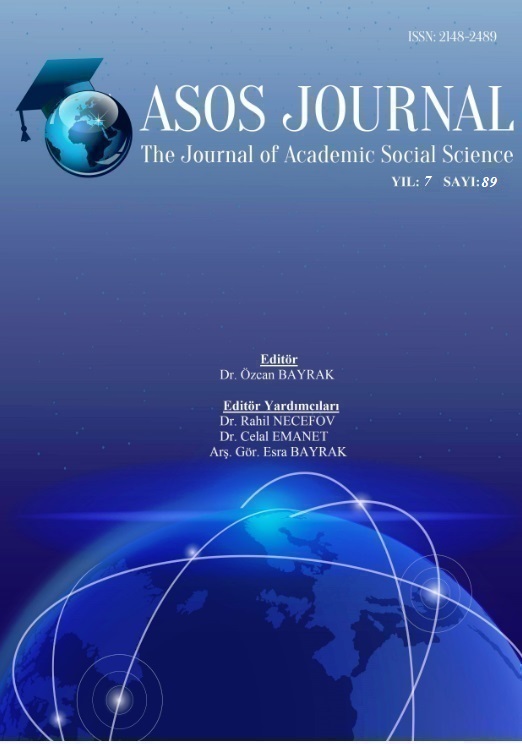Author :
Abstract
Ülkemizde her yıl ortalama 700 bin ha alanda 600 bin ton fındık üretimi yapılmaktadır. Türkiye dünya fındık üretiminin % 70’ini, ihracatının ise %75’ini gerçekleştirmektedir. Bu çalışmanın amacı, çekim modeli kullanarak Türkiye’nin fındık ihracatına etki eden faktörlerin analizini yapmaktır. Bu amaç doğrultusunda Türkiye’nin fındık ihracatı yaptığı tüm ülkeler, ilk 50 ülke ve AB üyesi ülkeler olmak üzere 3 farklı ülke grubuna ait veriler çekim modelinde kullanılmıştır. Yapılan tahminin sonuçlarına göre, Türkiye’nin fındık ihracatı yaptığı ülkelerin nüfusu, kişi başına düşen geliri, işsizlik oranı, reel faiz oranı, yüzölçümü, ticaret hacmi, reel döviz kuru endeksi, satın alma gücü paritesi ile kukla değişkenlerden AB üyeliği, serbest ticaret anlaşması, ve sınır komşuluğu değişkenleri fındık ihracatı ile pozitif ilişkiliyken, ülkelerin birbirlerine olan uzaklığı, enflasyon oranı, okur yazarlık oranı ile kukla değişkenlerden OECD üyeliği, ortak dil ve din değişkenleri fındık ihracatı ile negatif ilişkilidir. Sonuç olarak, politika yapıcıları fındık ihracatıyla ilgili strateji oluştururken bu tespitleri dikkate almaları önem arz etmektedir.
Keywords
Abstract
In our country, 600 thousand tons of hazelnuts are produced annually on an average of 700 thousand ha area. Turkey realize 70% of the world hazelnut production and 75% exports. The data of three groups of countries whose are all countries, the first 50 countries and EU members, in which Turkey's hazelnut exports in the gravity model has been used for this purpose. According to the estimate of the results, Turkey's hazelnut exports made by the population of the country, income per capita, unemployment rate, real interest rate, surface area, volume of trade, real exchange rate index, the purchasing power of EU membership of the dummy with parity, free trade agreements, and while the boundaries of the borders are positively associated with the export of hazelnut, the distance of countries from each other, inflation rate, literacy rate, dummy variables, OECD membership and common language and religion variables are negatively related to hazelnut export. As a result, it is important for policy-makers to take these considerations into account when forming a strategy for hazelnut export.





